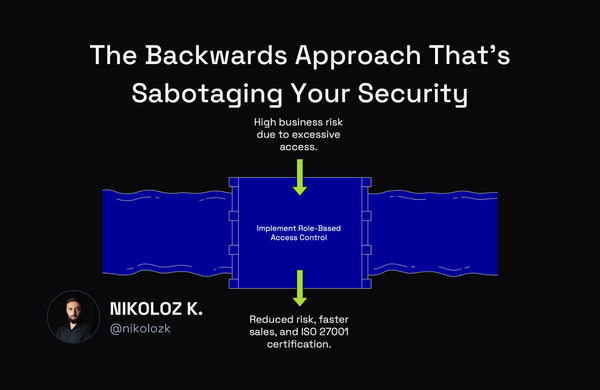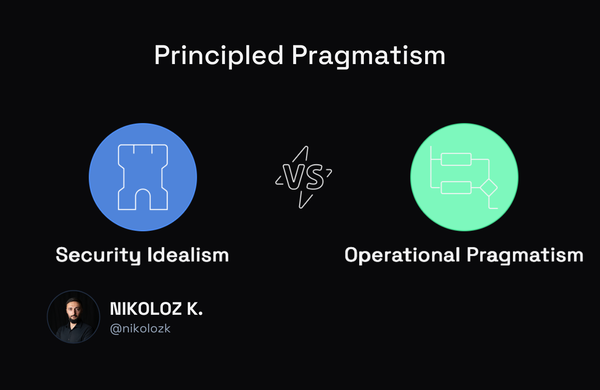Building Incident Response in Jira

Nikoloz Kokhreidze
Learn how to build an effective incident response plan in Jira. From defining incident types and workflows to integrating tools like Slack and PagerDuty.

Every organization, regardless of size or industry, is at risk of cyberattacks. Data breaches, malware infections, and other cybersecurity incidents can result in significant financial losses, reputational damage, and legal liability. That's why it's essential to have an incident response plan in place to minimize the impact of these incidents.
Jira is a popular project management tool that can also be used to manage incident response. In this guide, I'll walk you through the process of building an incident response plan in Jira.
Creating an Incident Response Project
The first step in building an incident response plan in Jira is to create an incident response project. This project will serve as the central hub for all incident response activities.
To create an incident response project in Jira, follow these steps:
- Log in to your Jira account and click on the Projects dropdown menu.
- Click on Create Project.
- Select the Blank Project template and give your project a name, such as "Incident Response."
- Click on Create to create your incident response project.
Defining Incident Types and Severity Levels
The next step in building an incident response plan in Jira is to define the types of incidents your organization is most likely to face and assign severity levels to them. This will help you prioritize your response efforts and allocate resources effectively.
To define incident types and severity levels in Jira, follow these steps:
- In your incident response project, create a new issue type called "Incident."
- Create custom fields for incident type and severity level.
- Define the incident types your organization is most likely to face, such as data breaches, malware infections, or phishing attacks.
- Assign severity levels to each incident type, such as low, medium, or high.
Creating Incident Response Workflows
Once you've defined incident types and severity levels, the next step is to create incident response workflows. Workflows define the steps that need to be taken in response to an incident, who is responsible for each step, and how progress is tracked.
To create incident response workflows in Jira, follow these steps:
- In your incident response project, go to Project Settings and click on Workflows.
- Click on Add Workflow and give your workflow a name, such as "Incident Response Workflow."
- Define the steps that need to be taken in response to an incident, such as triage, investigation, containment, and resolution.
- Assign responsibilities to each step of the workflow, such as the incident responder, IT support, or legal counsel.
- Define the conditions that need to be met before a workflow can move to the next step, such as the completion of a task or the approval of a decision.
Is Security Blocking Your Next Enterprise Deal?
Let's discuss how fractional CISO services can unlock your pipeline without the full-time overhead.
Integrating Incident Response Tools
Jira integrates with a variety of incident response tools that can help you automate and streamline your incident response processes. Some popular incident response tools that integrate with Jira include:
- Slack: A messaging platform that can be used to notify incident responders and stakeholders of new incidents and updates.
- PagerDuty: An incident management platform that can be used to automate incident response workflows and alert responders to new incidents.
- Splunk: A data analytics platform that can be used to monitor for potential security threats and alert incident responders to suspicious activity.
To integrate incident response tools with Jira, follow these steps:
- Go to your incident response project in Jira and click on Project Settings.
- Click on Apps and search for the incident response tool you want to integrate with Jira.
- Install the tool and follow the setup instructions to configure the integration.
Conclusion
Building an incident response plan in Jira can help your organization respond quickly and effectively to cybersecurity incidents. By creating an incident response project, defining incident types and severity levels, creating incident response workflows, and integrating incident response tools, you can ensure that your organization is well-prepared to handle any security threats that come its way.



